
10 must-have apps for your new Android device
Yesterday my colleague Wayne Williams posted hist list of must-have iPad apps. Of course I did not want Android fans to be left out, so I sat down and thought about the apps I use most on my Galaxy Nexus. This was a tough decision because there are many. Of course, it is also purely driven by personal opinion and tastes, but many of these types of lists are.
So, if you found a new phone or tablet under your tree on December 25th and you are wondering what you should install then here is a top-10 list of my personal recommendations.

[Mihaita] The tech I used most in 2012
If there's one word that best describes my personal tech use for 2012, change is definitely it. For the most part of the year I "cheated" one platform with another, with no particular personal favorite to get me through (almost) 365 days. Each piece of software and hardware is used for a particular scenario, something that I find rather soothing for my personal early adopter endeavors as well as my sanity. I just can't stand tinkering with the same bit of tech for longer periods of time, although there still is a dear old friend in my life...
My colleagues Alan Buckingham and Wayne Williams already wrote about their personal tech choices in 2012, and now it's my turn. Without further ado here is what I used most throughout the year, starting with my trusty dear old friend.
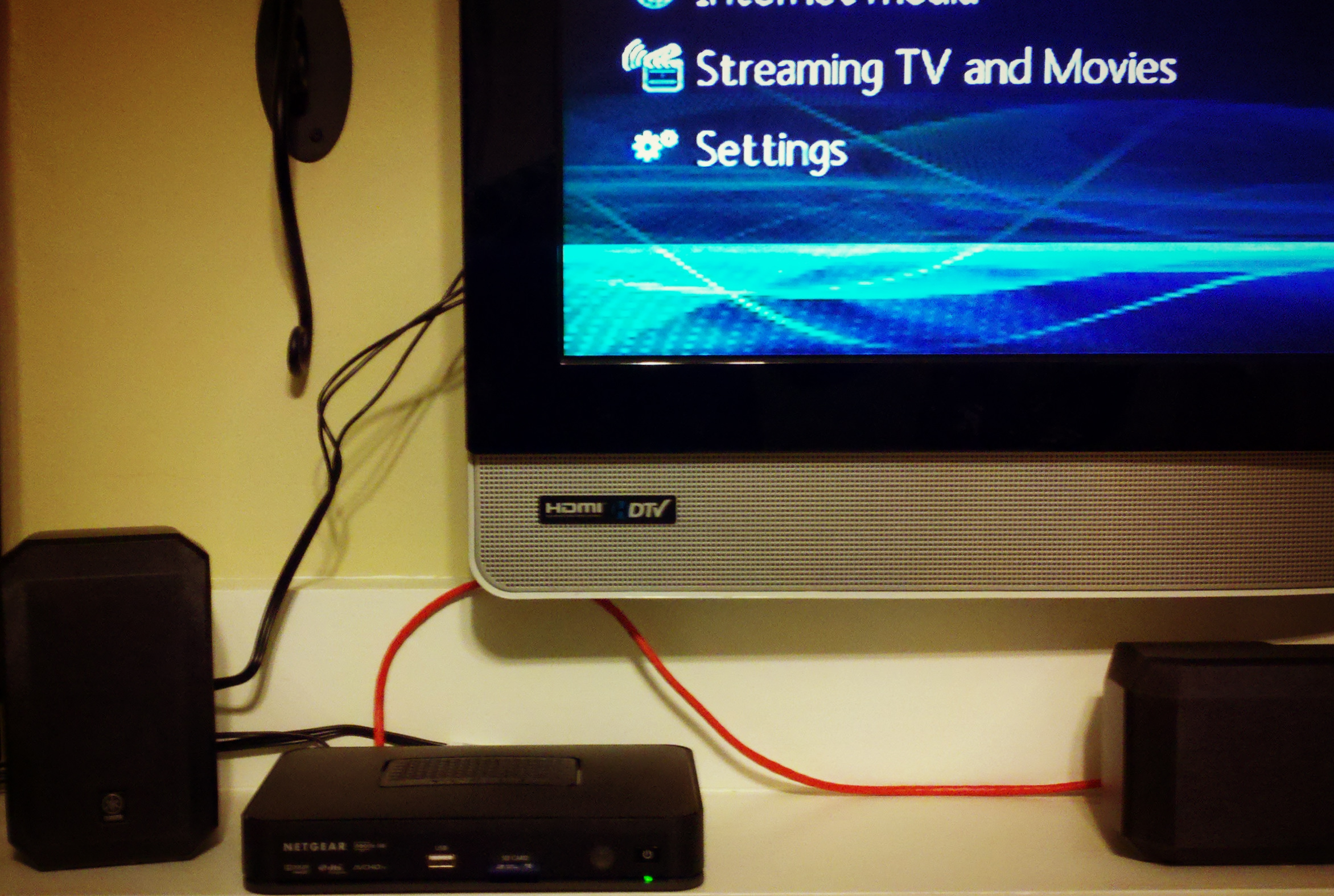
[Alan] The tech I used most in 2012
The year has almost passed and that makes it a great time for reflection. Of course, I have thought most about my family -- what we did in 2012 and our plans for 2013. I have thought of household repairs and projects planned for the coming year, goals I would like to attain, but I also considered what technology I used the most and the changes I made.
My colleagues and I plan personal tech retrospectives. I'm first up.
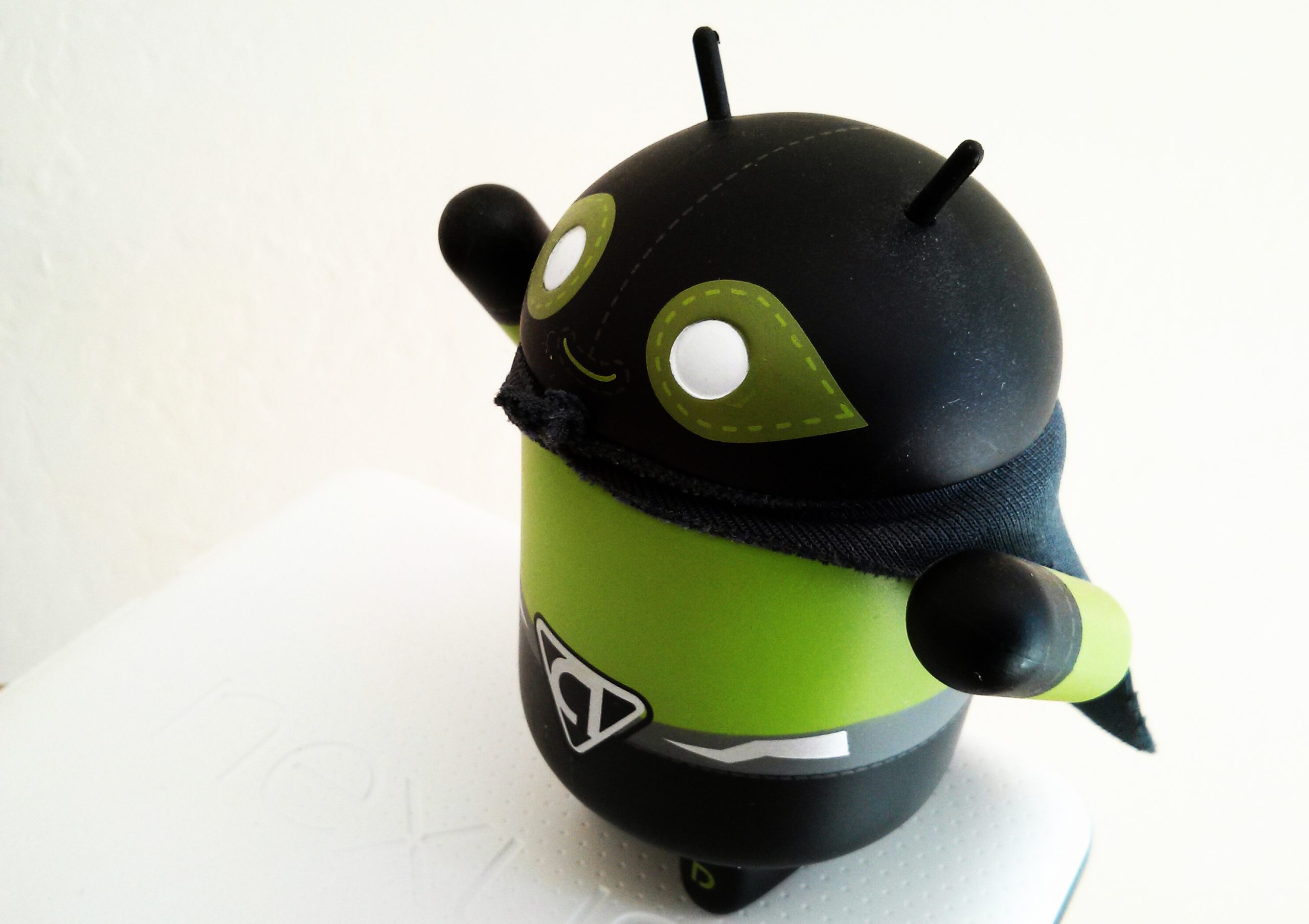
So you got an Android for Christmas? Here's how to keep it secure
There is a lot of recent chatter about malware on Android devices, but much of it is overblown. Microsoft recently learned a lesson when its #DroidRage campaign when down in flames. Honestly, while there is malware out there, it is not as prevalent as you are being led to believe. Still, being careful is always the best advice.
To that end, there are a number of steps you can take to make sure that brand new tablet or phone is as safe as possible. The mobile operating system is not the minefield that was past versions of Internet Explorer and Windows, but does have its share of flaws that can lead to compromise.
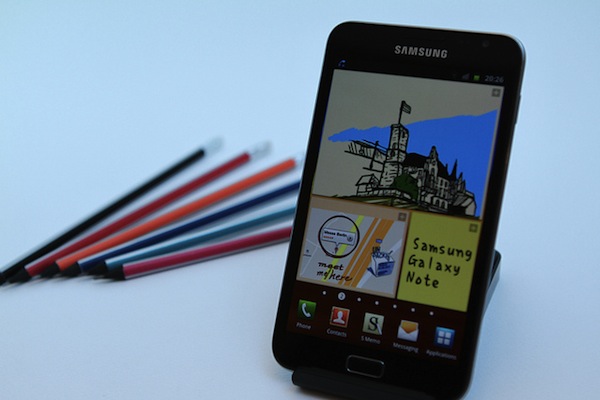
Samsung officially unveils Android 4.1 Jelly Bean with Premium Suite for Galaxy Note
After almost three weeks since Samsung announced the Premium Suite upgrade for the Galaxy S III, the South Korean manufacturer officially revealed that the older Galaxy Note is set to receive the same software treatment alongside the coveted Android 4.1 Jelly Bean upgrade.
The previously available leaked ROMs gave away Samsung's plans to introduce Premium Suite functionality as well the first Jelly Bean iteration for the original Galaxy Note, however details were scarce at the time. Users can now expect to take advantage of a number of new features including Multi Window, which allows to view two apps concomitantly or Popup Browser, Note and Video to display a web page, create notes and watch a video while running other apps.

Dropbox preview release available for Android, delivers opt-in for experimental builds
For early adopters that prefer to live on the bleeding edge of technology, popular cloud storage service Dropbox unveiled a new preview release. The most noteworthy feature for keen beta users is the ability to receive updates to future early and final releases.
The current preview build also introduces the option to share multiple pictures at once. The functionality is enabled by a long tap on a photo and selecting the remaining ones afterwards. In a similar manner users can also organize pictures into albums, the latter of which can also be shared, and delete multiple photos.
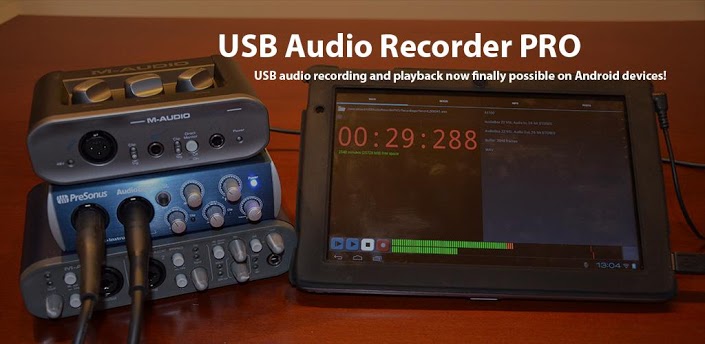
Now you can record to your Android device via USB audio interface
Exstream Software Development, the team responsible for Android four-track app Audio Evolution Mobile, has released an app called USB Audio Recorder Pro which lets users attach USB microphones and other USB audio interfaces to Android 3.1+ devices that support USB host mode.
Musicians, podcasters, and filmmakers alike can now attach microphones to their Android tablet or smartphone and record mono or stereo 16- or 24-bit audio, and also play back over their USB device. Many of the recording variables depend upon the audio interface and Android device that are being used, but the maximum sample rate the app supports is 192 kHz, and files can be saved as wav/flacc/ogg on internal or removable storage.
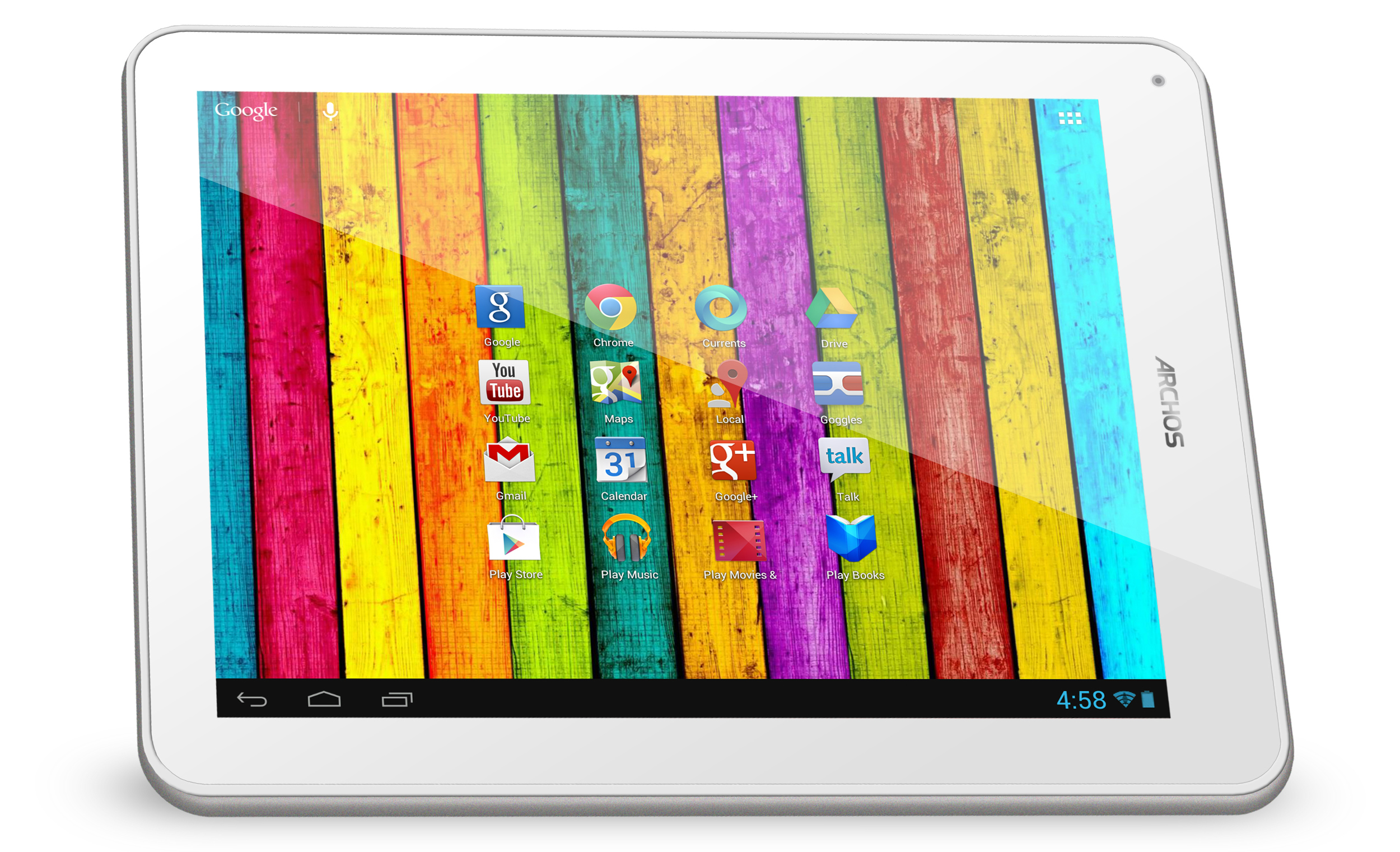
That's not iPad 4, it's the new Archos 97 Titanium HD
Apple's newest iPad and mainstream Android tablets couldn't be more different in the display department -- the former embraces a more conservative 4:3 format while the latter prefer the multimedia-oriented widescreen panels. However, French consumer electronics company Archos deviates from the norm with the 97 Titanium HD, an Android tablet with an iPad 4-like display.
The 97 Titanium HD tablet features a 9.7-inch IPS display with 10 point multitouch and a resolution of up to 2048 x 1536. Power comes from a 1.6GHz dual-core processor based on the A9 architecture, a quad-core Mali 400 MP4 graphics card and 1GB of RAM, a combination similar to the one found in the original Samsung Galaxy Note. The tablet also sports 8GB of internal memory, alongside a microSD card slot that can extend the storage capacity by a further 64GB. What about the software?

Amazon finally brings Instant Video to Android, but there is a catch
Amazon is Netflix's biggest competitors, but the company had a gaping hole in its armor. While the app works just fine on the Kindle Fire tablets, it was MIA for every other Android user out there. Now the retail giant has finally made the service available to other users on the popular platform, but before you get excited, there is a catch, and it is a big one.
When you find the app in the Google Play store you will immediately notice two things -- one is that it only works with version 3.2 and up of the OS. The other is even more troubling. The app is for Google TV only. Even the new flagship Nexus devices are not capable of using it.

Archos releases Video Player for Android
French consumer electronics company Archos provides Android devices for heavy digital media consumers, including huge storage, broad format support, and unique applications for management and consumption. Today, Archos made its formerly exclusive Video Player app available to all Android 4.0+ devices in Google Play.
The application is exactly what you'd expect from Archos: serious media consumption. The app features hardware accelerated decoding for videos stored anywhere in your home network (locally, or remotely accessible via SMB and UPnP) or attached via a USB storage device. Archos says users who experience any issues with video hardware decoding can force software decoding in the settings menu, opening up accessibility further.

Flipboard comes to Android tablets
I don't much like Flipboard, popular as the app/service may be. But if you do and have a 10-inch Android tablet, there's a new version. It is specifically designed for all screen sizes, although users of 7-inchers could easily get by with the phone app. Now they can expect more, and I admit Flipboard is even prettier on Nexus 7.
But the service isn't customizable enough for my tastes. Sure, you can add more channels, but Flipboard controls sources for the major ones. Your control comes from adding more personalized channels like Google News or your social networks. Also, I find apps like Feedly, or even Google Currents 2.0, to be more visually appealing. Hey, that's just my tastes; I'm not a member of the Flipboard fan club, big as it might be.

Oh, there's no place like Android for the holidays
It is that time of year. Every search engine and social media site is posting its top-10 lists. People are shopping, putting up lights and decorations and even getting their computers into the spirit with Windows themes, Chrome New Tab themes and Firefox Personas. Your Android phone or tablet can also get into the spirit of the holidays with some handy apps. The Google Play store and Amazon App Store are both resources for holiday music and and movies, but there are also a number of apps to keep your spirits high.
There are holiday games, shopping apps and wallpapers. You can track Santa's journey around the world or track the calories you consume at that big meal. No, sorry, I am not covering the latter here. You can search for those on your own.

Samsung announces Galaxy Grand, with a 5-inch display and Android 4.1.2 Jelly Bean on board
If you're looking for a Samsung-made Android smartphone that is bigger than the Galaxy S III yet smaller than the Galaxy Note II, fret not! On Tuesday, the South Korean manufacturer unveiled the Galaxy Grand, which slots right between the two with a 5-inch display.
That's the extent of the comparison between the three handsets, though. The Galaxy Grand may feature a 5-inch display, but it sports an outdated 800 by 480 resolution which is subpar when compared to high-end devices, and is actually closer to many entry level offerings on the market today. The smartphone also ships with a dual-core 1.2GHz processor and 1GB of RAM, aided by a fairly large 2,100mAh battery.
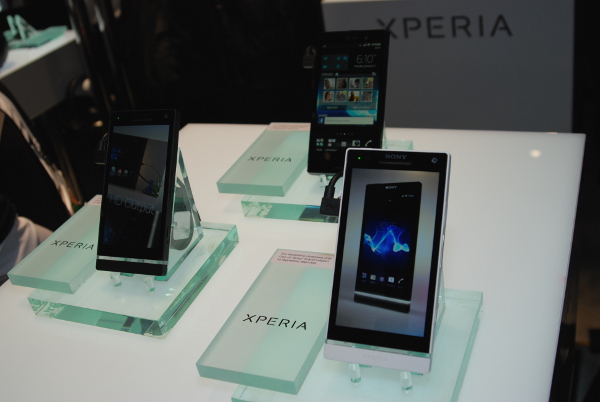
Sony's Android 4.1 Jelly Bean upgrade plans are anything but fast
For an Android manufacturer that supports the modding community, Sony sure knows how to keep customers waiting. Almost two months after the previous announcement, the Japanese corporation released an updated Android 4.1 Jelly Bean upgrade schedule for 2012 Xperia smartphones and, sadly, the news is no better this time around.
The upgrade plans for the company's newest smartphones, the Xperia T, Xperia TX and Xperia V, appear unchanged. The three devices will receive Android 4.1 Jelly Bean "during February and March" 2013, on par with the previous estimate provided by Sony just under two months ago. However, for older smartphones, customers will have to wait a little longer for the coveted upgrade.
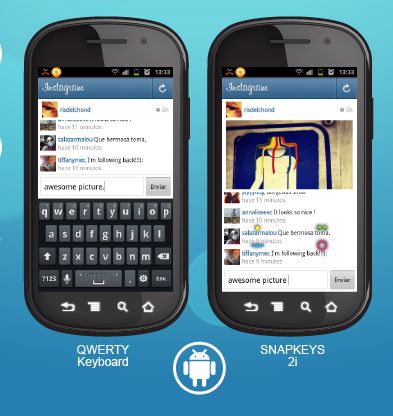
SnapKeys Si 'invisible keyboard' app launches in private beta on Android
Today, Snapkeys announced the private beta launch of SnapKeys Si for Android. The private beta will allow select registered users to download the app and test it out, nearly a full year after the app first gained notoriety at CES.
One of the most brilliant things about touchscreens is their ability to support alternative methods of typing, Swype and Swiftkey for example have become very popular methods of text input, and they do not require the traditional screen pecking action to work.
